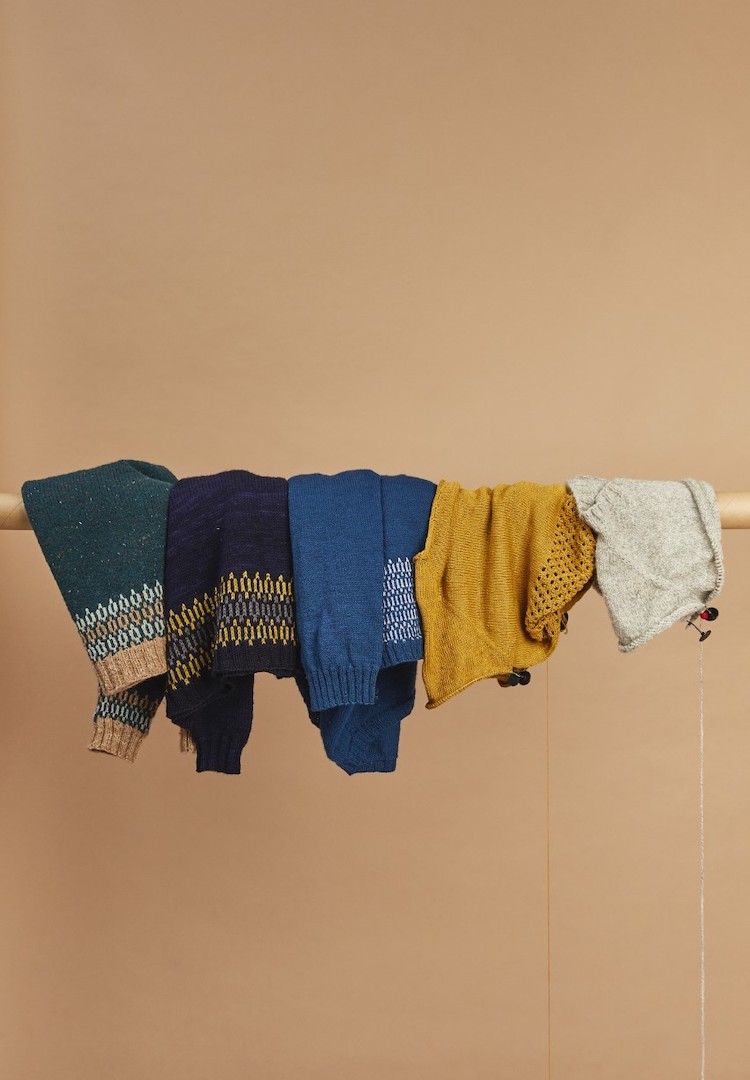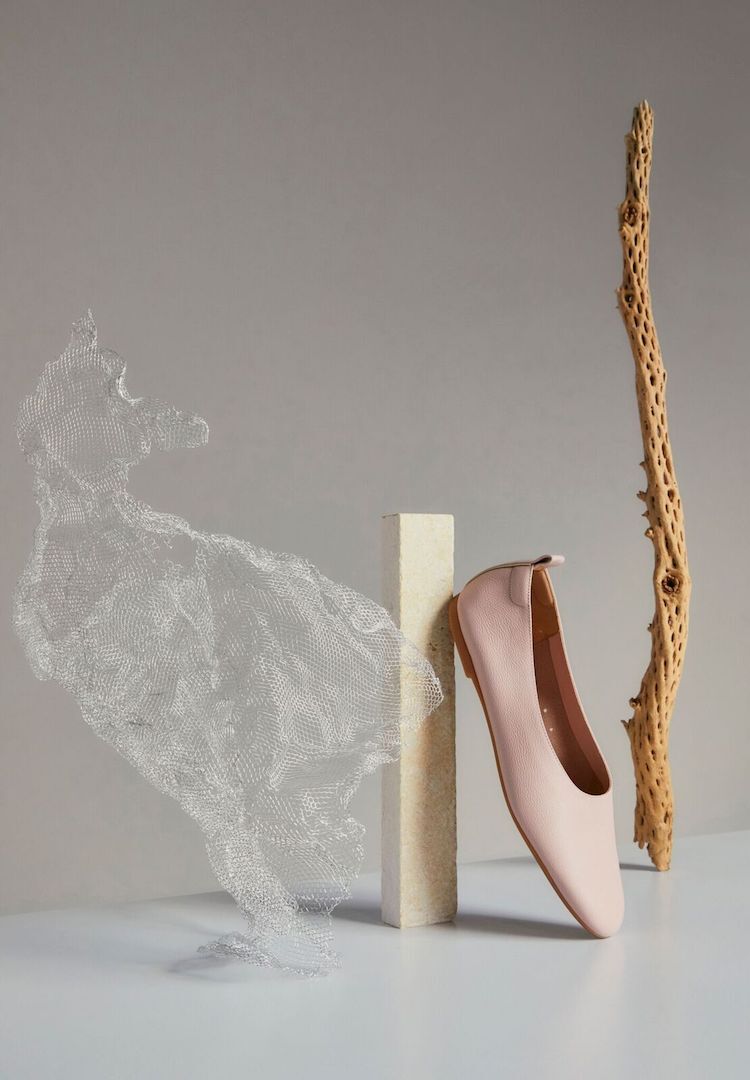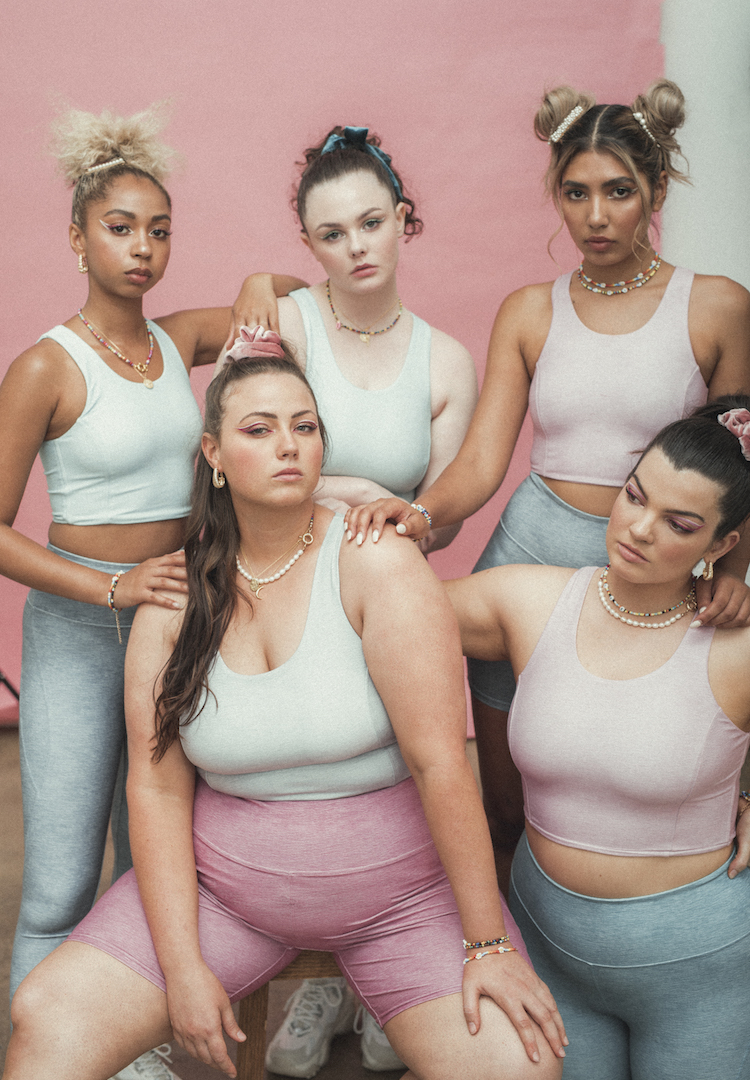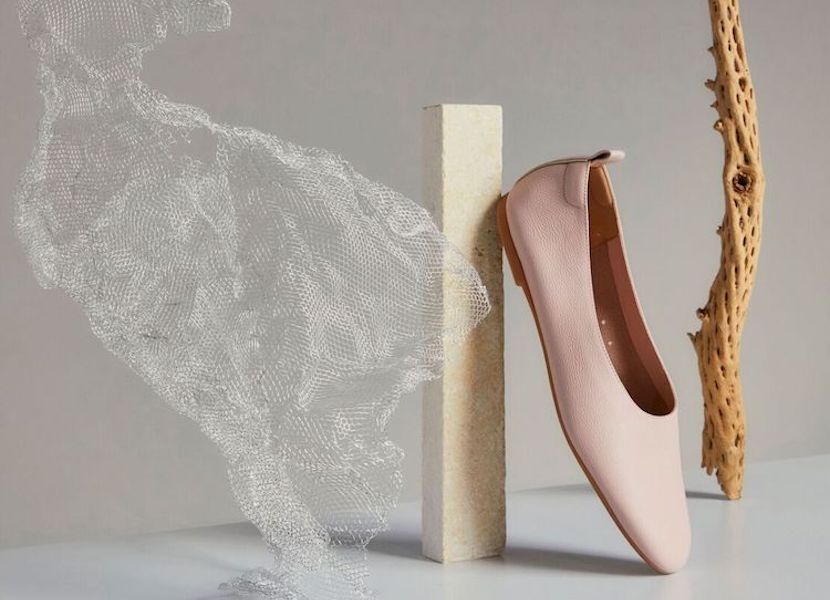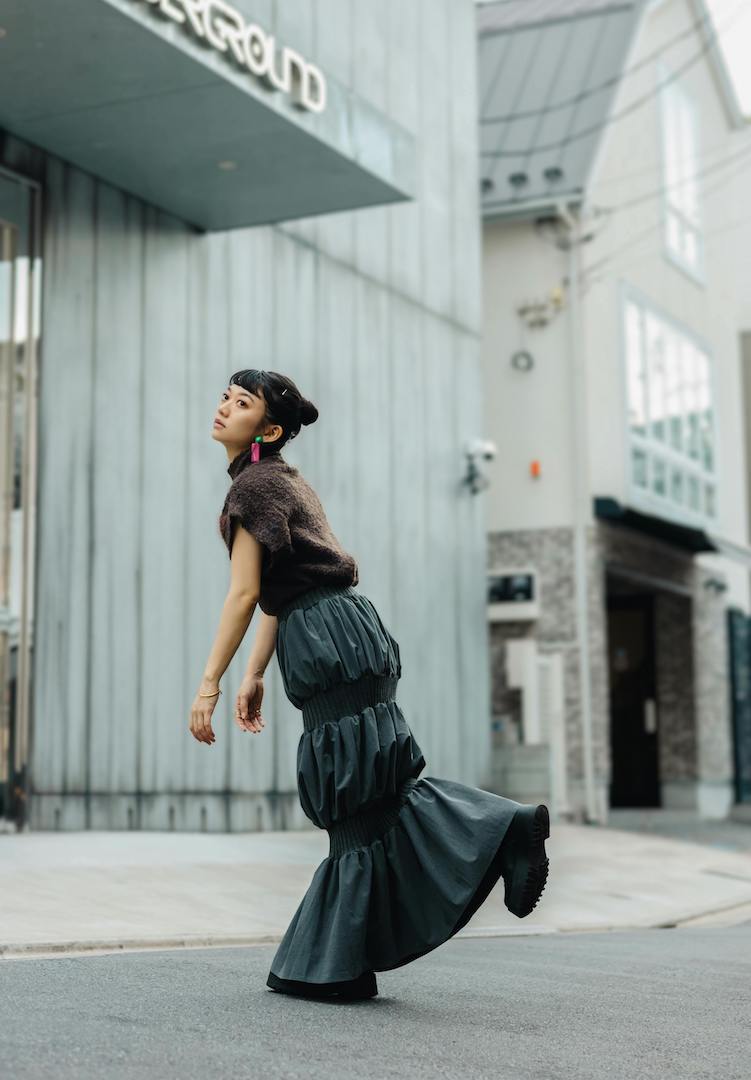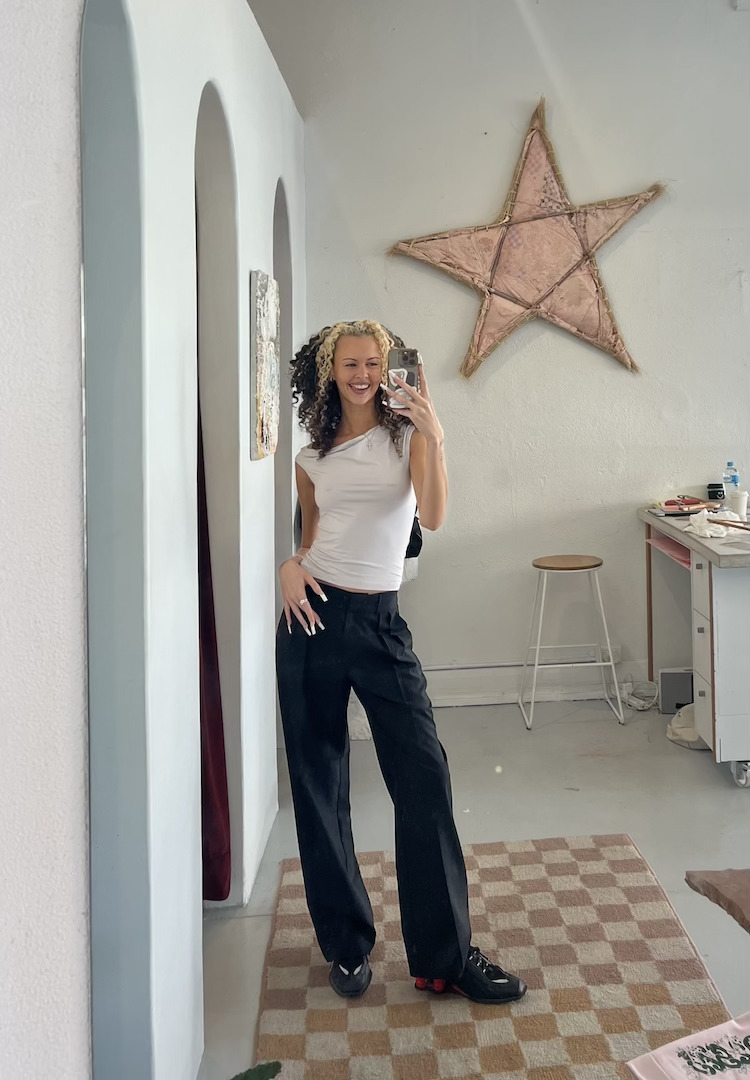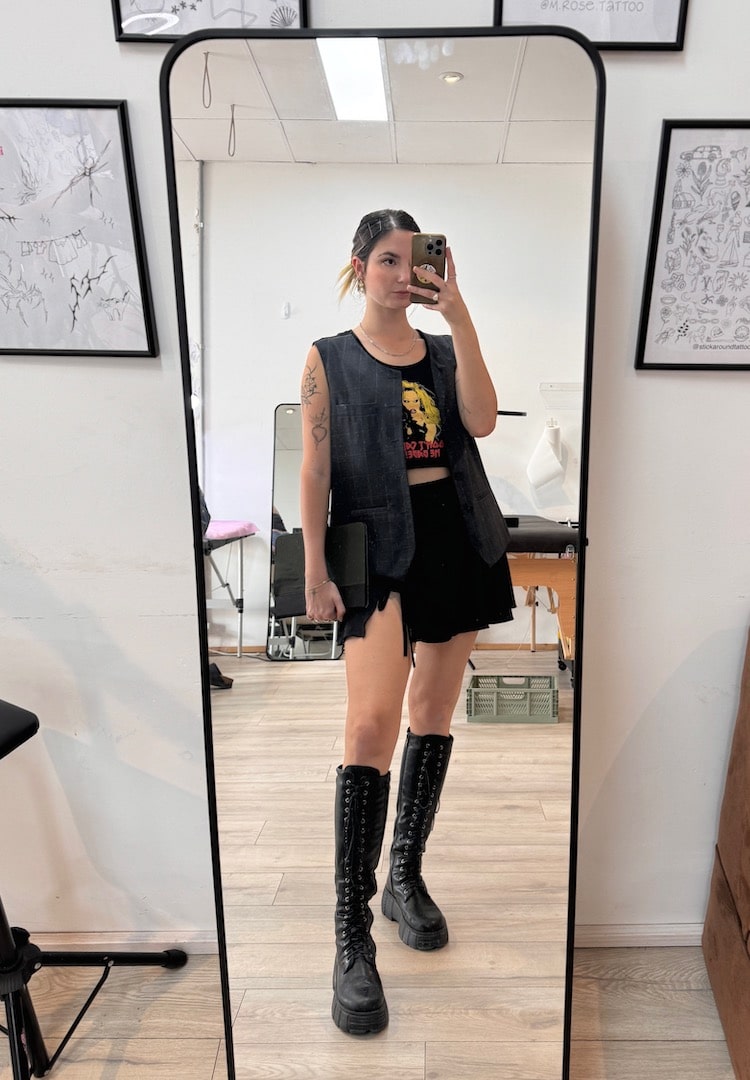An introduction to fashion law in Australia
PHOTOGRAPHY BY SEUNG-ROK
WORDS BY ELOUISE DAVIS
How the law will rule in an industry on the brink of change.
Most of us would agree that so many elements of the fashion industry were ripe for disruption before coronavirus hit. More than ever, we were already questioning where and how our clothes were made, and now we also face unprecedented questions about the post-pandemic future of fashion shows, retail and creativity.
Like any industry, how we choose to reinvent fashion will have to happen within the boundaries of whatever society, economy and laws we end up with on the other side.
Unlike healthcare or banking, there’s no distinct set of laws governing the $1.4 trillion global fashion industry. There is no ‘fashion law’. But there is a sector made up of businesses with similar needs, and legal issues that touch every step of a garment’s lifecycle, from the designer’s idea all the way into our wardrobes.
Until recently, fashion was a relatively untapped area of the law seen as a small subcategory of intellectual property (IP) – the body of law that protects new and original creations of the mind.
But the system of designing, making and buying fashion relates to so many more branches of the law, from ethical issues to the impact of technology and the most basic questions of expression and identity.
Intellectual property
If a fashion law did exist, it’d start with IP, which is often the best protection available to fashion designs and ideas. While IP still has some gaps in protecting fashion versus other art forms and inventions, Australia has gone a lot further than many other countries by allowing for ‘registered designs’ in addition to trademarks, copyright and patent protections.
Registered designs are important because they can protect the unique appearance of a piece of clothing, which applies more closely to the concept of fashion design than other forms of IP.
Take a Zimmermann dress – its shape, ruffles and design features might be a registered design, its original floral pattern a copyright work and the logo on the label a trademark. This might protect the dress in Australia, but won’t necessarily do so against international copyists unless the design is also registered in that country’s system.
In countries that have no design registration systems at all, like the US, it’s significantly harder to protect against the ‘reverse engineering’ of garments, leaving the door wide open for fast fashion to rip a design right off the runway of NYFW.
There’s also a lot of new and interesting ways that fashion is pushing the boundaries of IP today:
- Is it ok to sell upcycled goods on Etsy using another brand’s refurbished product? This might seem fine but could equally cause massive confusion to the consumer.
- Can a resale website claim it sells authenticated luxury handbags with 100 per cent accuracy? Chanel is having this very fight with The Real Real in US courts.
- If you 3D print a pair of designer sunglasses at home, are they real or fake?
Maybe a 3D printing option is a way forward for (socially-distanced) shopping, but these questions show the shortcomings that remain between fashion and IP laws.
Human rights
There’s a lot to be said on the relationship between human rights and the globalised fashion industry. We naturally associate ‘fashion law’ with assisting designers or customers, and it’s due to an unfortunate lack of laws protecting garment workers that so many human rights abuses exist in fashion manufacturing.
This is slowly changing, and it’s clear that the next phase of regulating the fashion industry will focus on protecting its most vulnerable participants.
Australia already leads in this area, having introduced a Modern Slavery Act last year. This law requires all organisations over a certain size – including fashion businesses – to publicly report on any risks of modern slavery within its operations or supply chain.
While only applying to the most serious forms of exploitation at this stage (child and forced labour, not substandard working conditions), it’s a notable first step in this area of the law.
Another way that we can all take positive action towards bettering human rights in fashion is to stop buying counterfeit goods. Not only do fake goods mislead the public, prevent tariffs from otherwise entering the economy and infringe on IP, but human rights abuses are far more likely to occur in the production supply chain of counterfeits.
Footwear, apparel and leather goods account for the top three categories of the estimated 3.3 per cent of global trade made up of counterfeit goods.
Sustainability is also a hot-button fashion issue yet to be legally defined. Fashion is writing its own rules on this topic and has adopted a broad definition for sustainability that includes the wellbeing of humans, animals and the environment.
As the cultural movement towards sustainable and ethical fashion grows, the industry has created many of its own independent tools and rating schemes that certify sustainability, but these are not strictly enforceable.
Technology, privacy and data
The law will always balance the competing convenience of online shopping with what society deems an acceptable breach of privacy. While an online store is great for giving local fashion a global audience, it can also land a company within the privacy laws of any country where its product can be shipped, on top of Australia’s already thorough privacy laws.
The major region to look out for is the EU, which has wide-ranging privacy requirements that impact most brands (including small businesses) collecting information from EU customers including billing, shipping, contact and direct mail marketing info.
Keeping shopping offline also no longer ensures total privacy, as in-store tech popping up worldwide is often not yet covered by the law. Even if you don’t opt-in, many shops can use facial recognition, beacon technology and smart mirrors to track your movements inside a store without your consent.
RFID tags and blockchain tech are being hyped by brands like Louis Vuitton as the next big development in guaranteeing authenticity, but the technology that’s able to accurately track the origins of a handbag can equally track the movements of that handbag when you carry it around everyday post-purchase.
Much of this technology is designed as a ‘service’ to the customer but increasingly allows a retailer to gather data and build a long-term profile about us over time.
The people
Fashion’s customers are another obvious group needing legal protection, which is generally covered by Australia’s consumer law in the same way as the shoppers of any other product.
Beyond fashion’s traditional customer safety issues (like the proper labelling of garments and use of non-flammable materials), the consumer law covers situations where the industry uses misleading or dishonest tactics to deceive a potential customer.
A widespread example of this is influencer marketing, and the developing rules around deceptive posting online.
Should an influencer have to disclose a paid product on an Instagram post? Should they be upfront about whether something is a genuine endorsement or a gifted product? Should this be allowed to hide in the hashtags? There are guidelines on the topic, but the ‘law’ remains pretty general when it comes to influencer conduct.
Another group of fashion people that requires protection is the modelling industry and its concerns over working conditions, age, exploitation and financial mistreatment. As the cultural shift towards diversity and inclusivity evolves, more countries are beginning to turn this issue into actual law, regulating the use of photoshop and encouraging transparency, realistic body imagery and furthering the size zero debate from a legal standpoint.
Cultural appropriation and personal expression
There’s a thin line between inspiration and borrowing from another culture, especially when it’s done for a moneymaking purpose. As a general guide, if something would raise the eyebrows of Diet Prada, it’s probably cultural appropriation.
Think the Gucci blackface sweater incident, or Dolce & Gabbana’s offensive spaghetti chopsticks ad campaign. Even if it doesn’t break a law, breaching the unwritten code against distorting the identity of a social group for the purpose of selling fashion can cause huge reputational damage in today’s cancel culture.
Same goes for anything that goes too far in regulating freedom of expression through fashion. It’s increasingly unacceptable in the court of public opinion to dictate what each gender should wear in schools and workplaces, to apply rules about hairstyles that unfairly impact certain ethnic groups and even to enforce modesty standards that go against showing skin to convey feminism and body-positivity.
Overall, we’re likely to see the continued trend away from laws enforcing traditional dress codes as time goes on.
Ultimately, fashion law has nothing to do with wigs and gowns, skirt suits or Elle Woods. There are so many more branches of the law that impact the operation of the fashion industry, from bankruptcy to M&A, contract law, licensing, real estate and global trade.
The industry involves big money, sets cultural norms and disproportionately impacts the planet, and is on the brink of its next major revolution. The laws around this industry are set to continue evolving as we adapt our shopping habits, and are anything but frivolous.

